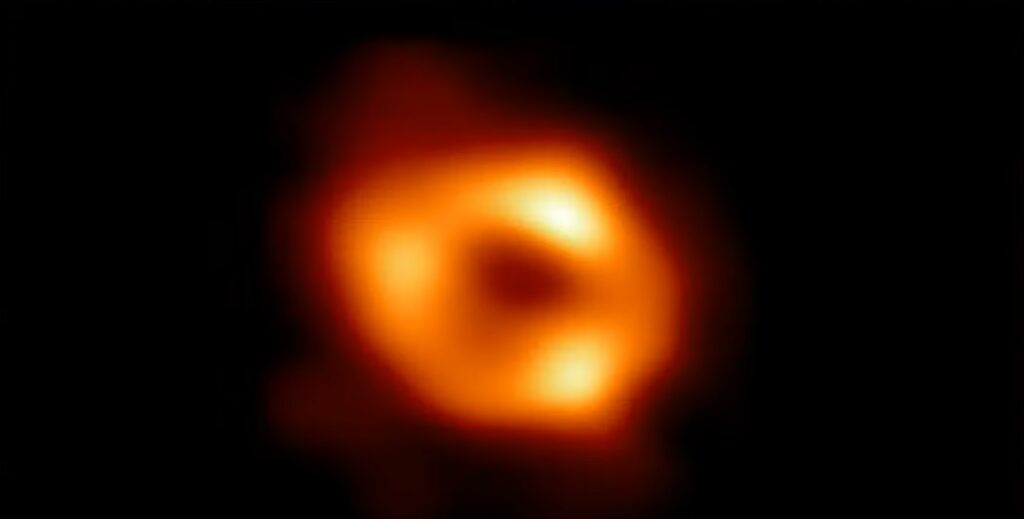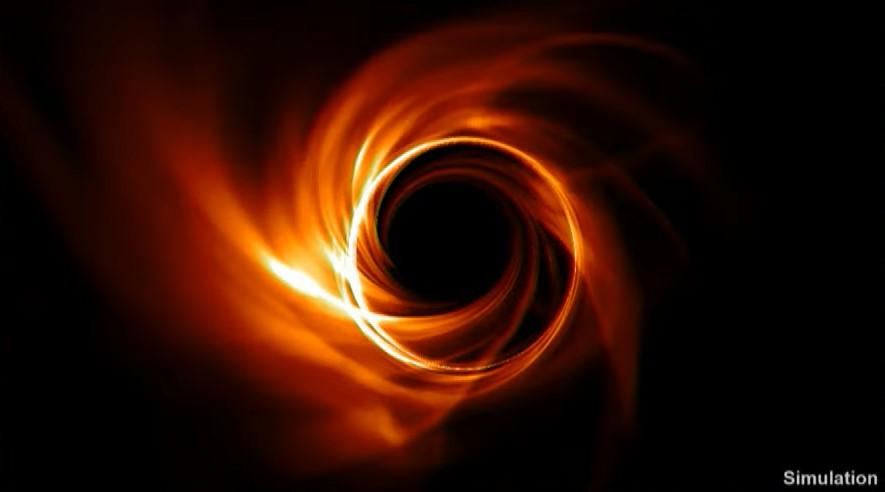
Thursday, May 12, 2022, was an exciting day in the scientific community and for anyone who loves space, science, and science fiction. Members of the Event Horizon Telescope Collaboration (EHTC) revealed images of the first black hole discovered in our galaxy.
Let’s break down all the information surrounding this fantastic find with a brief set of statistics.
The Event Horizon Telescope Project
- The EHTC comprises 300 researchers from 80 institutions working with 8 different telescopes around the globe.
- The telescopes, located in Chile, Mexico, the South Pole, Arizona, Hawaii, and Spain linked to create a planet-sized telescope.
- The eight telescopes, working in pairs, collected 3.5 petabytes of data. This is the equivalent of 100 million TikTok videos.
- The data was too large to stream so researchers shipped hard drives to two correlation centers: Westford, Massachusetts, and Bonn, Germany. Supercomputers combined the signals to form the data.
- It took the EHTC several years to refine the image.
- The EHTC created six papers on the subject of the black hole in our galaxy.
Details of the first black hole discovered in our galaxy
- The name of the black hole is Sagittarius A (Sgr A) and resides at the center of the Milky Way Galaxy, in the constellation Sagittarius.
- Scientists first identified Sagittarius A 50 years ago.
- The black hole is 26,000 light-years from Earth.
- Sagittarius A is 4 million times the mass of our sun.
- The temperature of the black hole is an incomparable 10 to the 12th Kelvin (18,000,000,000,000 degrees Fahrenheit).
- The ring size of the black hole is 52 microarcseconds or 1/13 billionth the span of our night sky.
- The orbital period at the innermost stable circular orbital is 30 minutes or less.
- Light escaping the black hole creates the ring, while light that can’t, falls into the black hole.

- Only a trickle of the material makes it into the black hole. If Sgr A were a person, it would consume a single grain of rice every million years.
- Sgr A star traps gravitational energy and only converts one part in a thousand into light, only putting out a few hundred times as much energy as our sun though 4 million times as massive.
- In 2019, scientists revealed the first image of the M87 black hole, located in another galaxy. Compared to Sagittarius A, M87 is 1,500 more massive, but 2,000 times further from us.
Did you find this look at the first discovered black hole in our galaxy stellar?
Did you like these insights into Sagittarius A? StatsFind regularly publishes articles from various fields, trending topics, and events throughout history that pique interest.
Want to learn more? Subscribe today!
Sources:
https://iopscience.iop.org/journal/2041-8205/page/Focus_on_First_Sgr_A_Results
More from StatsFind



Leave a Reply